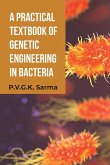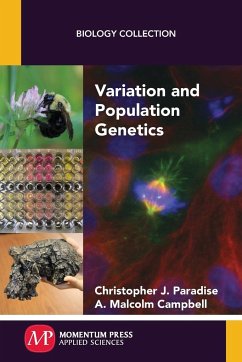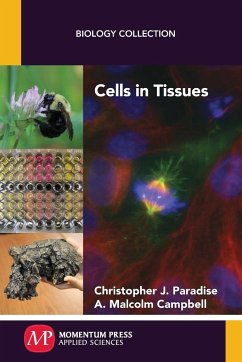Several genetic and pathogenic diseases are described to illustrate how diseases can and do disrupt normal molecular and cellular functions, and how those disruptions affect entire organisms. In the case of genetic diseases, how they arise and are maintained in populations is discussed. In the case of pathogenic and parasitic organisms, understanding their complex life cycles and their modes of transmission is critical to understanding their effects on individuals and how disease outbreaks occur in ecological systems. Communication between the pathogen and the host organism occurs in the course of infection and involves the disruption of normal cell function. Finally, epidemiology is briefly discussed, using the case of severe acute respiratory syndrome (SARS). Data are used to describe how the disease may have originated and evolved to infect humans, and how it spread relatively quickly and almost caused a global pandemic. Understanding how disease outbreaks occur in ecological systems is critical to controlling the spread of disease.








